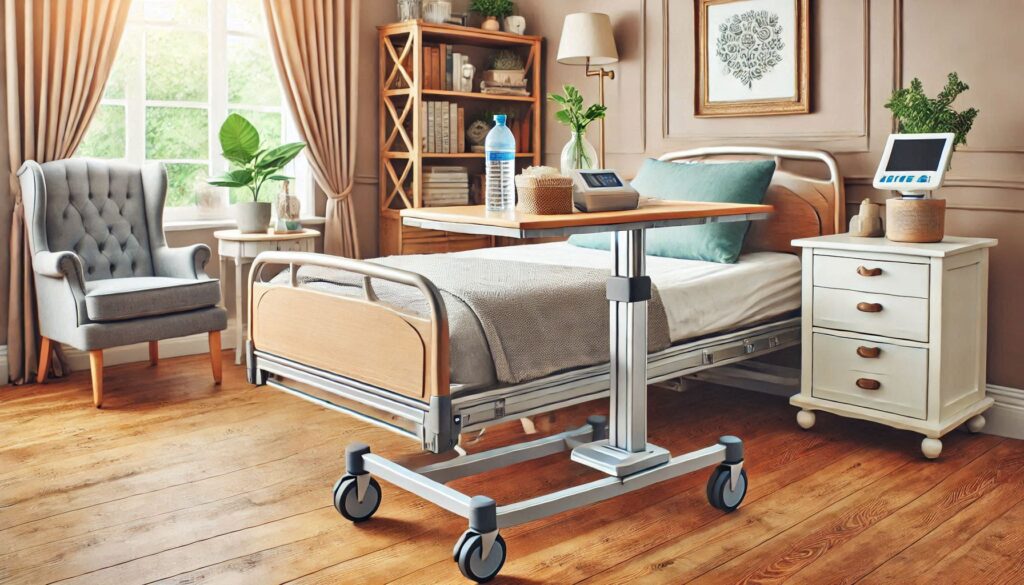Introduction
The Assam milk tea powder market is an integral part of the global tea industry, renowned for its distinctive flavor and robust characteristics. This report delves into the current market trends of Assam milk tea powder, examines the factors driving its growth, and identifies the major players in the industry. The analysis is based on data and insights from various market research reports and industry sources.
Market Overview
Assam tea, known for its strong and malty flavor, is a significant component of the milk tea powder market. The global milk tea powder market is projected to experience substantial growth from 2023 to 2031, driven by increasing consumer demand for convenient and flavorful tea products (Cognitive Market Research). The market’s expansion is attributed to the rising popularity of milk tea, especially in regions like Asia-Pacific, where tea consumption is deeply ingrained in the culture.
Market Trends
Increasing Demand for Convenience
One of the primary trends in the Assam milk tea powder market is the growing demand for convenient beverage solutions. Consumers are increasingly seeking products that offer easy preparation without compromising on taste. Milk tea powder fits this demand by providing a quick and easy way to enjoy a cup of Assam tea with milk, catering to busy lifestyles (GlobalInfoResearch).
Rising Popularity of Specialty Teas
The market is also witnessing a surge in the popularity of specialty teas, including those made from Assam tea. Consumers are becoming more adventurous in their tea choices, exploring unique flavors and blends. This trend is driving innovation in the milk tea powder segment, with manufacturers introducing new flavors and formulations to capture consumer interest (Infinitive Data Research).
Health and Wellness Trends
Health and wellness trends are influencing consumer preferences in the tea market. There is a growing demand for tea products that offer health benefits, such as antioxidant properties and natural ingredients. Assam tea, known for its rich flavor and potential health benefits, is well-positioned to capitalize on this trend. Manufacturers are emphasizing the natural and healthful aspects of Assam milk tea powder to appeal to health-conscious consumers (Sentinel Assam).
Technological Advancements
Technological advancements in tea processing and packaging are enhancing the quality and shelf life of milk tea powder. Technological advancements in tea powder, like better methods for drying and retaining flavor, are fueling the market’s expansion. These advancements ensure that the distinctive flavor of Assam tea is preserved in powder form, providing a consistent and high-quality product to consumers (Cognitive Market Research).
Major Players in the Market
Milk tea powder is a key ingredient in creating the popular bubble tea beverage, and several major manufacturers specialize in its production. Here are some notable suppliers:

Allwin Food
New Taipei City, Taiwan
A reliable supplier offering a range of high-quality milk tea powders to enhance beverage businesses.






